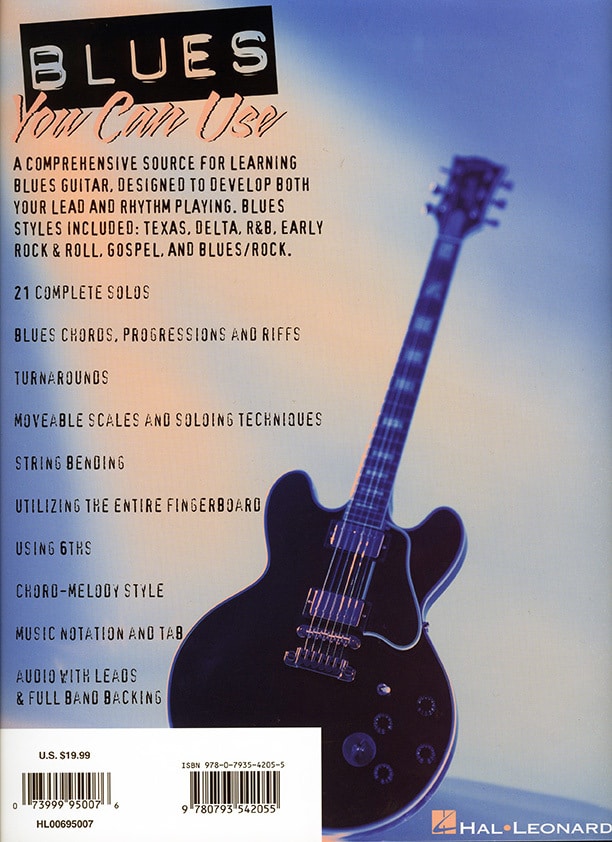Charting your weekly guitar practice is a great way to keep you on track with your guitar-playing goals. You do have distinct guitar-playing goals? Don’t you? If not, stop and read, Guitar Tip: Set Your Guitar Playing Goals.

First, establish how much time you can allocate to guitar practice during a typical week.
In my case, a divorced guy whose daughter is away at college, I allocate 2.5 hours per day for the five weekdays and 3 hours for the two weekend days.Here’s how I chart my current goals, (note that I’ve updated one of my goals since I wrote the Goal-Setting post).
Note: I also spend 30-60 minutes a day just playing — either noodling around or jamming with Band in a Box. I do NOT count this as practice time. Playing time is for fun.
Second, allocate the time based on your goals. Here’s how I set up my practice time based on my current goals:
Solo Jazz Guitar (private lesson) – 60 minutes per day seven days.
Mickey Baker’s Complete Course in Jazz Guitar – 30 minutes per day seven days.
Blues You Can Use – 30 minutes per day weekdays, 60 minutes per day on the weekends.
Blues Rhythm Guitar – 30 minutes per day seven days per week.
I allocate the most time — 60 minutes per day — to the solo jazz guitar goal, which includes my 60-minute weekly private lesson. I also add an extra 60 minutes per week to Blues You Can Use on the weekends. All others get 30 minutes per day.
To keep myself honest, I track my practice time on a weekly basis. This is an effective tool for keeping me focused and on track. I draw out a crude 4 x 7 grid, for four goals by seven days. I make the boxes roomy since I don’t always complete a single practice session in one sitting. Here’s a typical grid as of Wednesday. (Note: I made this significantly neater than usual for this illustration.)
I also use a digital timer when I practice. Read this post about the benefits of timing your practice sessions.
Here are some benefits of keeping this schedule:
- It’s pleasantly satisfying to jot down the time for a completed session.
- I’m more inclined to have a micro-practice session of 10-15 minutes. (Before, I wouldn’t even pick up the guitar if I couldn’t practice for at least 30 minutes.)
- On atypical weeks I can see what areas of practice were neglected, and I can reallocate for the rest of the week.
- If I find that I’m not keeping to the schedule, it’s a sign I need to rethink my goals and reallocate my time.
I’d like to reiterate the final point. If you find that you’re not keeping up with the schedule, that’s fine. It just means you need to re-evaluate and re-allocate. Maybe you need to put a goal on hold or cut time off of one or two. Ultimately, you’re the one in charge of your time, not the schedule.
Finally, at the end of the week, I toss out the old schedule and scratch out a new one. It’s the start of a new week of guitar practice.
Next Post: How to Practice Guitar With a Metronome
Previous Post: The Secret to Effective Guitar Practice
Return To: The Guitarist’s Guide to Purposeful Practice Main Page.